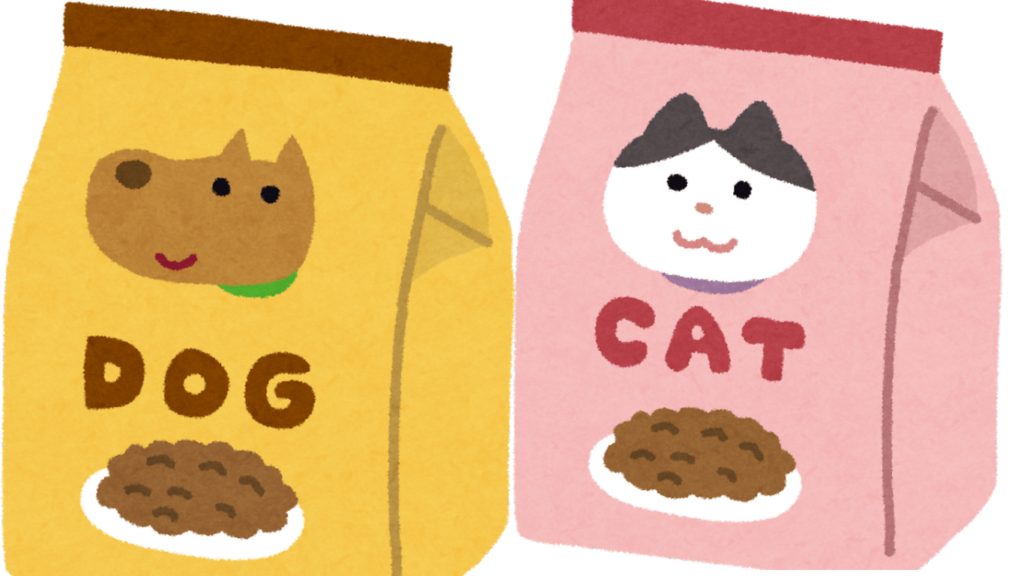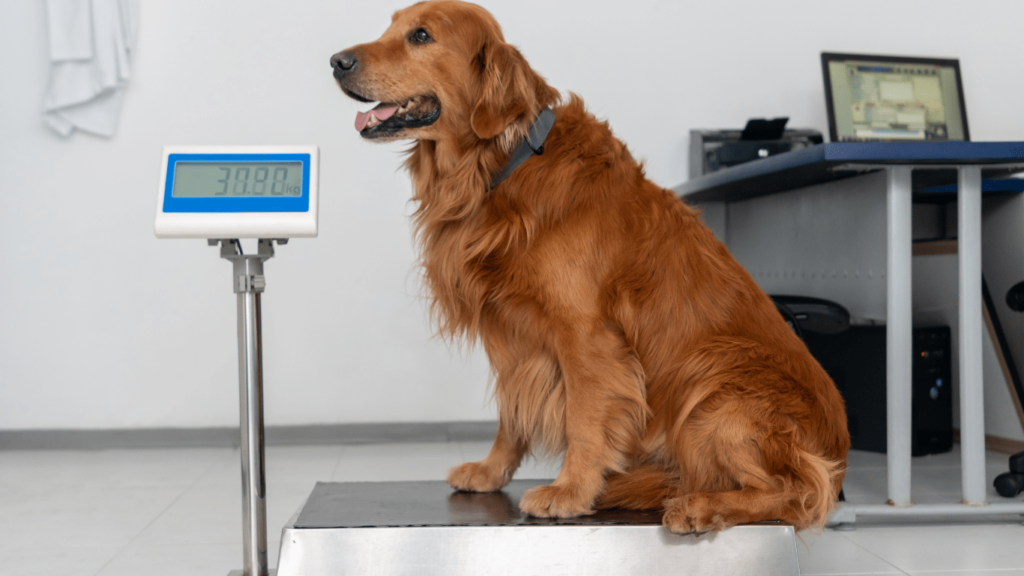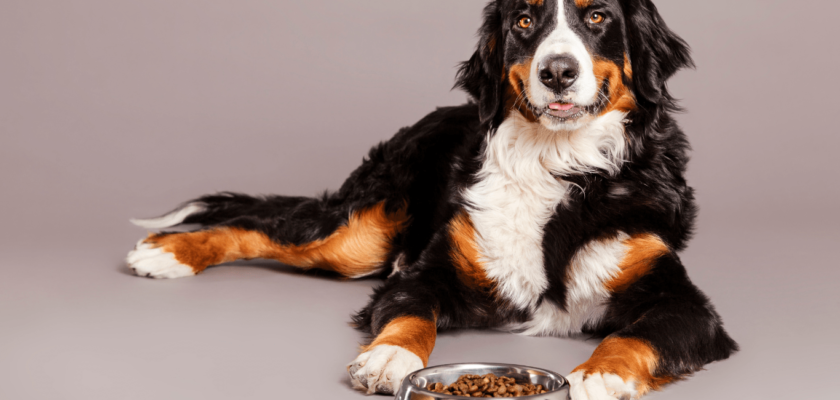It’s not uncommon to catch your dog staring longingly at the cat’s food bowl, as if it holds the tastiest treat in the world. And yes, dogs do find cat food incredibly tempting due to its rich protein and fat content. But the real question is: should you let your dog eat it?
Cat and dog food are specifically formulated to cater to the distinct dietary needs of each species. Confusing these can lead to health complications for your furry friends. Let’s dive deeper to uncover why your dog might be better off sticking to its own meals.
Cat Food vs. Dog Food: Understanding the Difference

Who would’ve thought that something as simple as pet food could spark such a big debate? Cat food and dog food are worlds apart—think of comparing a gourmet steak dinner to a balanced, home-cooked meal. Here’s why:
Protein and Fat Levels
Cat food is like a decadent, protein-packed feast, whereas dog food offers a more balanced mix of protein, fats, and carbohydrates. While protein is an essential building block for both cats and dogs, the high fat content in cat food makes it less ideal for dogs.
Feeding your pup too much cat food might lead to unhealthy weight gain. Just like how eating too much pizza isn’t great for us, indulging in rich cat food isn’t a good idea for your dog either.
Unique Nutritional Requirements
Cats and dogs have nutritional needs as distinct as their personalities. Cats, for instance, require amino acids like taurine and arginine, along with arachidonic acid—nutrients they can’t produce on their own. Dogs, however, don’t depend on these to stay healthy and can manufacture some of these elements naturally.
What works for one species might not benefit the other. So, while cat food is crafted for felines’ dietary needs, it falls short of what dogs require.
AAFCO Nutritional Standards
The Association of American Feed Control Officials (AAFCO) sets specific guidelines to ensure pet food meets the unique nutritional demands of cats and dogs. Feeding your dog cat food—or vice versa—disrupts this balance, potentially leading to long-term health issues. Always look for the AAFCO seal to ensure your pet’s food is formulated with their needs in mind.
What Does Ideal Dog Nutrition Look Like?

Dogs are omnivores, capable of extracting nutrients from both plant and animal sources. Their diet should strike the perfect balance between protein, fat, vitamins, and minerals to promote overall health.
The Basics of a Dog’s Diet
Good dog food is all about balance. A solid foundation includes high-quality protein to support muscle growth and repair, along with moderate fat for energy and vitamin absorption. Adding essential vitamins and minerals ensures your dog stays active and healthy.
Vital Nutrients for Dogs
Here are a few key vitamins and minerals your dog’s diet should include:
- Vitamin A: Supports vision and a robust immune system.
- Vitamin D: Strengthens bones and aids calcium absorption.
- Vitamin E: Protects cells and boosts immunity.
- Vitamin K: Promotes blood clotting and bone health.
- Calcium & Phosphorus: Enhance bone strength and nerve function.
These nutrients work together to provide a complete and nourishing diet for your canine companion. It’s no wonder dog food is formulated differently than cat food—each species requires its own tailored nutrition.
The Risks of Feeding Cat Food to Dogs
Even if your dog seems thrilled by the idea of sneaking a bite of cat food, the consequences might not be as pleasant as they expect.
Digestive Issues
Cat food’s higher fat content can overwhelm a dog’s digestive system, often leading to diarrhea, vomiting, or general discomfort.
Weight Gain

Because cat food is richer in fat and calories, it can contribute to obesity in dogs if eaten regularly. Overweight dogs face a higher risk of joint problems, diabetes, and heart disease.
Monitor Your Cat’s Weight
Pay close attention to your cat’s weight and eating habits. If you notice any changes or suspect problems related to their food intake, consult your veterinarian right away.
Liver and Kidney Concerns in Dogs
The health of your dog’s liver and kidneys plays a vital role in their overall well-being. Cat food, due to its high protein content, can pose risks for dogs, especially those with pre-existing liver or kidney issues. These organs require only moderate protein levels to function efficiently.
Although feeding your dog protein-rich meals may seem like a treat, it could lead to serious health complications. For dogs with a history of liver or kidney disease, it’s crucial to regulate their food intake and ensure their diet is tailored to their needs. Always work with your vet to design a safe and nutritious meal plan. Your dog’s health deserves the extra care!
Healthy Dog Snack Options
Looking for safe and delicious treats for your dog? Here are a few great choices from your kitchen:
- Carrots, Green Beans, and Pumpkin
These veggies are low in calories while offering essential nutrients that your furry companion will enjoy. - Chicken
Grilled chicken (without salt or seasonings) is a lean and tasty source of protein for dogs. - Cheese
Many dogs love cheese! Stick to low-fat varieties and offer small portions to avoid upsetting their stomach. Note: Some dogs are lactose intolerant, so introduce cheese cautiously. - Peanut Butter
A small spoonful of peanut butter can make your dog’s day! Just make sure it’s free of xylitol, a harmful ingredient that’s toxic to dogs.
Better Snack Alternatives for Dogs
If you prefer not to share your food, no problem! There are plenty of snacks made specifically for dogs that are both healthy and satisfying.
- Commercial Dog Food
Choose a high-quality dog food that provides a balanced mix of protein, fiber, vitamins, and minerals. It’s a complete meal in every bite! - Dental Chews
Dental treats do double duty: they clean your dog’s teeth while serving as a tasty snack. - Training Treats
These low-calorie treats are perfect for rewarding good behavior without overfeeding.
Look for products with natural ingredients and avoid those loaded with artificial flavors, colors, or preservatives. When offering treats, keep portion sizes appropriate for your dog’s weight, age, and activity level.
Common Questions About Dogs and Cat Food
1. What happens if a dog eats cat food?
Eating cat food can cause issues like stomach upset, obesity, and even pancreatitis in dogs. The high protein and fat content in cat food can also harm their liver and kidneys, potentially leading to organ damage.
2. Is it okay to give dogs cat food occasionally?
While dogs can survive on cat food temporarily, it’s not a good idea to feed it to them regularly, even as a treat. Cat food lacks the proper balance of nutrients dogs need and can cause health problems over time.
3. What’s the difference between dog food and cat food?
Dog food and cat food differ primarily in their nutritional profiles. Cat food typically contains more protein and fat, which dogs may find appealing but can negatively affect their health.
4. Can dogs get sick from eating cat food?
Yes, consuming cat food can make dogs ill. The high protein and fat levels may cause digestive issues, pancreatitis, or even long-term liver and kidney damage. Obesity is another potential risk.
5. How can you stop dogs from eating cat food?
To prevent your dog from sneaking cat food, keep the cat’s meals in a secure and elevated location. You can also use a pet gate to separate feeding areas, ensuring your dog can’t access the cat’s food.
Can Dogs Eat Cat Food?
Feeding cat treats or cat food to dogs is not recommended. Cat treats, like cat food, often contain higher levels of protein and fat than dogs need, which can lead to various health issues. To keep your dog healthy, always opt for treats specifically designed for dogs, ensuring their dietary requirements are met safely and effectively.
Key Points to Keep in Mind
- Species-Specific Nutrition: Cat and dog food are formulated to meet the unique nutritional needs of each species.
- Health Risks: Offering cat food to dogs can result in nutritional imbalances that may cause health problems.
- Proper Diet Matters: Understanding your dog’s dietary needs and providing the right food is essential for their overall well-being.
